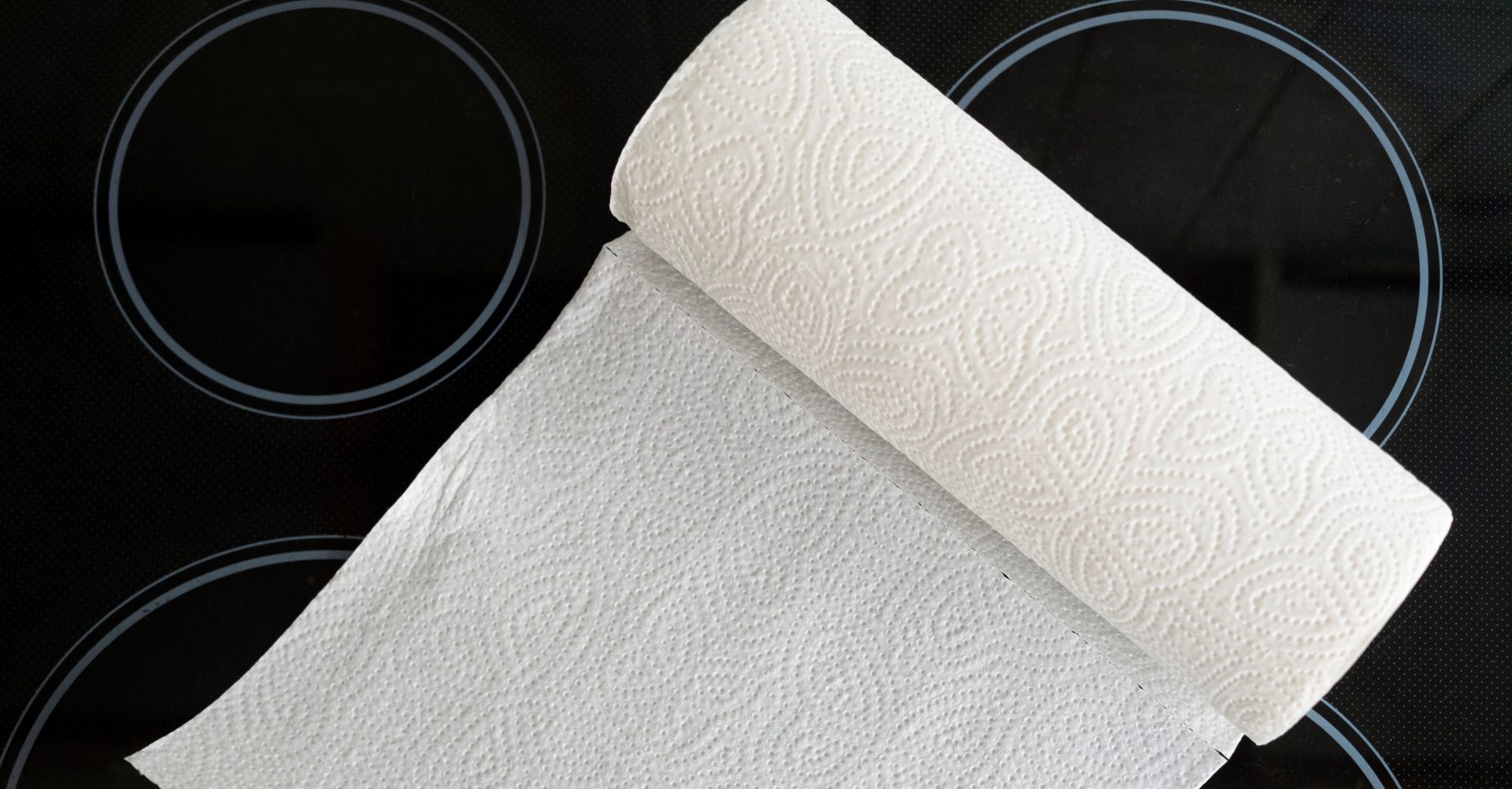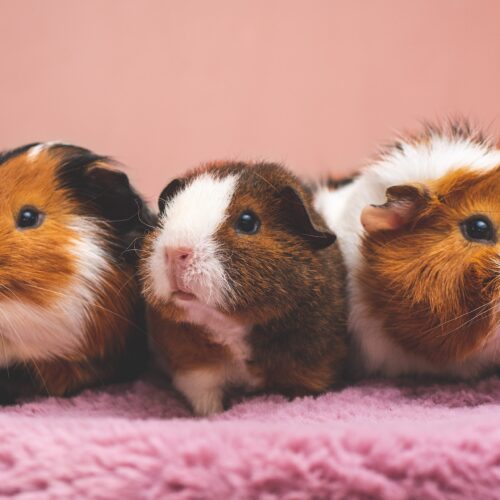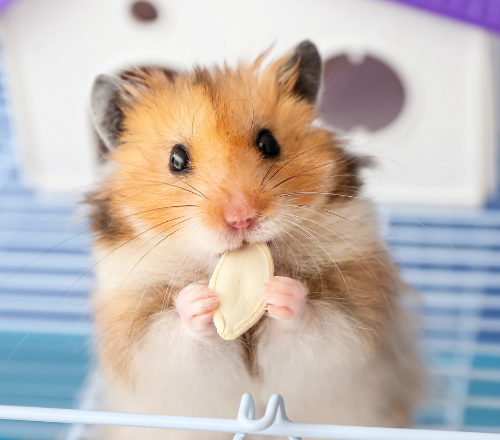Kitchen roll is one of those things we often don’t think about but use in our day to day lives. We spill something, we use kitchen roll to clean it up, and we go on with our lives without wondering how this helpful, versatile product is actually made.
Just take a moment to think about it. How do they make multi-layered sheets? And how do they manage to perforate it without cutting right through?
Curious? Read on to learn more about the production process behind kitchen roll.
What is kitchen roll made of?
The first step to making anything is to have the right component parts. So what is kitchen roll made of? Well, it may not surprise you to learn that paper towels are made of… that’s right, you guessed it, paper. However, some kitchen rolls are made up of alternative plant fibres instead such as bamboo. In addition, we mustn’t forget that long cardboard tube that goes through the middle of the roll, helping to give it support and shape.
These materials – paper, plant fibres and cardboard – are all biodegradable, which means they’ll break down easily once you’re done with them. This makes them better for the environment than other single-use cleaning products like wet wipes, which often contain plastic.
Does kitchen roll contain plastic?
We’ve established that kitchen rolls don’t usually contain plastic themselves, but there’s a sneaky way that plastic can creep in. Like with many products, it’s all in the packaging. Kitchen rolls often come wrapped in plastic, and this is typically ripped off and never used again. This kind of plastic isn’t always recyclable either, which adds to the environmental impact. If it ends up at landfill, plastic packaging can reach the ocean and harm marine life.
How are paper kitchen towels made?
As you can imagine, it takes several steps to go from a big old tree to a sheet of paper kitchen roll. So how exactly is it done?
1. Make pulp
Wood offcuts are mixed with water and some chemicals and are essentially ‘cooked’ in a digester machine. This evaporates moisture from the wood to break it down into cellulose, also known as pulp.
2. Process the pulp
At this stage of the game, the pulp has a gooey texture and needs to be cleaned to remove any chemicals or unwanted substances. It’s also treated to make it white.
Bales of pulp are then transformed into a cellulose sheet using a paper machine. Water is removed during sheet forming, it’s then squeezed (between large rolls) before being sent through a drying section of a paper mill to remove any water residue. By this point nearly all of the water is removed.
Following this, a dry and wide continuous tissue paper is wound up to create a giant parent reel of tissue.
3. Layer and cut
These giant parent reels are then converted into kitchen roll. The way in which this is done differs depending on the specification of the kitchen roll being made! The kitchen roll specification (such as the ply count, grade or weight of the paper, emboss used) has an impact on how well it performs.
For example, many kitchen rolls are two-ply, which means two layers of tissue have been stuck together to form a single sheet, but some – including our plastic-free kitchen roll – are three-ply. The more layers each sheet has, the more absorbent it will be.
To create the right kitchen roll specification, tissue from the parent reel is unwound and layered together through a series of rollers, glue plied, embossed and perforated. Perforation is done with a special machine that uses blades that look a bit like combs. The blades are pressed down onto the kitchen roll and the ‘teeth’ cut into the paper. The gaps between the teeth of the blade are left whole, which keeps the sheets attached.
The newly created kitchen roll is then wound onto a log core (the cardboard inner tube) which at this stage is very long, so it needs to be chopped up (using a log saw) into many different standard sized kitchen rolls, with the ends neatly trimmed off, chopped into size, glue plied, embossed and sealed (so it doesn’t unravel again).
Finally, the rolls are packaged and palleted ready for distribution.
What is plastic-free kitchen roll?
We just told you there’s no plastic in kitchen roll, so you might be thinking that all kitchen rolls are plastic-free. That’s true, but when we say plastic-free kitchen roll, we mean totally plastic-free – and that includes the packaging. Remember that pesky plastic wrap that many kitchen rolls come in? That’s the one we’re talking about.
At Oceans, we package our kitchen rolls and toilet paper in 100% recyclable paper packaging. It’s better for the environment and the oceans, it’s sustainable and it’s easy for you, too. Just open the packaging, pop out your kitchen roll and put the paper wrapper in your domestic paper recycling bin. Don’t forget – once you’ve finished the roll you can recycle the cardboard centre as well. And just to make the deal even sweeter, no harmful bleaches are used when making our kitchen rolls and we use renewable energy, so our production process is kinder to the planet.




